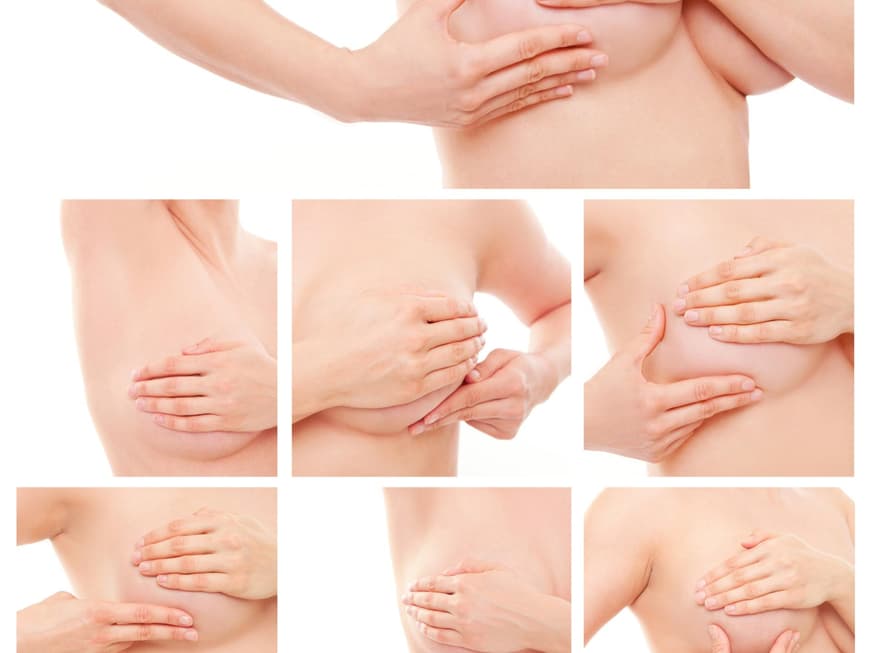1 Harness the power of whole grains
Obesity is suspected of promoting several types of tumors, including colon, prostate and breast cancer. The World Cancer Research Fund therefore recommends paying attention to a healthy body weight. Avoid high-calorie foods and eat whole grain products, fruit and vegetables frequently. Eat less industrially processed meat and less red meat (beef, game and lamb). Also limit your salt intake (max. 5 g per day).
2 Please don't just sit there
Experts recommend moving for around 30 minutes a day and sitting very little. Physically active people are less likely to develop colon cancer. Exercise could also reduce the risk of other types of tumors.
3 Doing good for the lungs with a toy
One of the biggest risk factors for cancer is smoking. Experts have shown that cigarettes, cigars and the like not only promote lung cancer, but also many other types such as head and neck tumors, stomach, intestinal and liver cancer. And that's not all: around 13.5 percent of all deaths in Germany are attributable to smoking. So put an end to cigarettes - it works with behavioral therapy and nicotine patches. The trendy toy "Fidget Spinner" could also help - simply by distracting you.
4 Beer and wine - cut it out
Alcohol can increase the risk of cancer. There is no lower limit at which alcohol is safe. Therefore, only drink alcoholic beverages as an exception. It is better to avoid alcohol altogether.
5 Recognize the body's signals in good time
Pay attention to physical changes - these could be growing moles or conspicuous lumps. You can also regularly palpate your breasts to detect lumps early (see below). Palpation is not an official recommendation for early detection, but it helps you to get to know your own body better.
Check your breasts regularly
Stand in front of the mirror and check whether your breasts have changed externally. Repeat the process with your arms raised. Then systematically feel your breasts: feel the entire breast with one hand, centimetre by centimetre. To do this, mentally divide the breast into four segments. Start at the top outside and then work your way forward. Examine the left breast with your right hand and vice versa. Then feel the armpits. Repeat the palpation while lying down.



